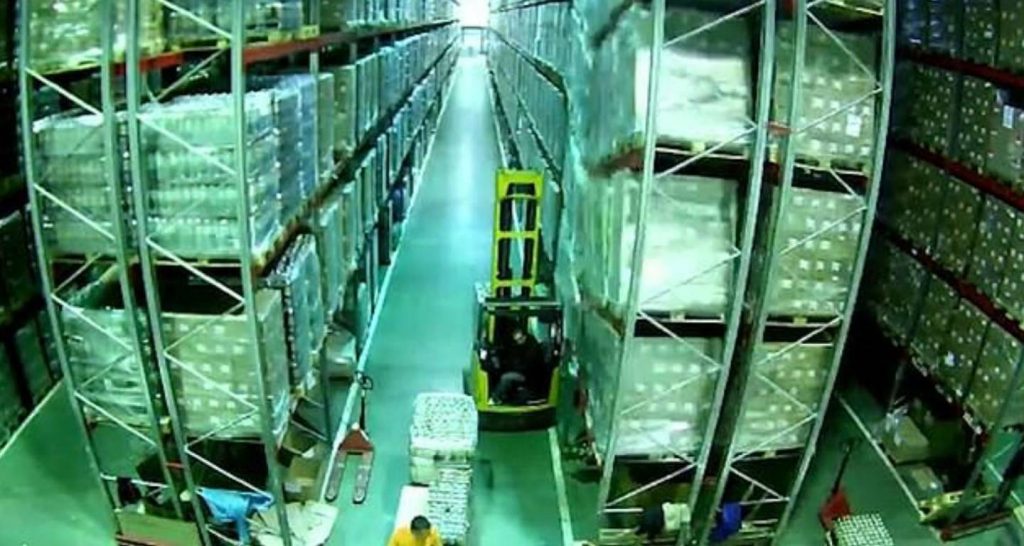5 Contributors to Forklift Accidents
5 Contributors to Forklift Accidents
Why do forklift accidents occur? Who is to blame for them? Operator error is often cited as the major cause of forklift accidents, but pointing the finger at an individual operator after an accident has occurred does little towards preventing future accidents. Occupational health and safety experts have identified 5 contributors to forklift accidents. Studying these can lead to a safer and more productive working environment.
One: Management/Organization
Everything starts at the managerial or organizational level. This is where policies are set and workers take their cues of what’s expected of them. At the organizational level:
• Proper and ongoing training of forklift operators becomes company policy or is ignored
• Workers are encouraged to work safely or pushed to cut corners
• Forklift operators are given the right attachments and accessories or told to improvise
• Forklift operators are assigned to duties they are trained for or allowed to “learn” by trial and error
• Forklifts are either maintained/replaced as necessary or used until something breaks
Two: Forklift Operation
Some of the most common contributors to forklift accidents due to operator error include:
• Driving at excessive speeds
• Riding with an elevated load
• Poor backup technique
• Poor braking, turning, and/or accelerating technique
• Improper parking and/or blocking of forklifts
• Stunt driving, erratic driving, and other improper driving done as horseplay
Three: The Workplace Environment
An environment where forklifts are used should be designed for safe and productive forklift operation. Some common factors in the workplace environment that contribute to forklift accidents include:
• Narrow aisles
• Cluttered aisles
• Foot traffic in forklift areas
• Visual obstructions
• Many ramps and a variety of floor surfaces
• Loading dock conditions
Four: The Load
The importance of properly carrying a load cannot be overemphasized. The most common reasons for accidents caused by improper load-carrying include:
• Poorly stacked pallets
• Using pallets that are in poor repair
• Loads that are too heavy for the forklift or too heavy for their position on the forklift
• Unstable loads
• Loads that block visibility
Five: Mechanical Condition
The mechanical condition of a forklift is a major contributor to its safety. Many forklift accidents are caused by mechanical problems or a combination of mechanical problems and driver error. These are some of the most frequently cited mechanical conditions that cause forklift accidents:
• Brake malfunction
• Steering malfunction
• Clutch, transmission, or shift linkage malfunction
• Mast assembly malfunction
• Leaking hydraulic system or transmission
• Lack of or malfunctioning safety devices
• Excessive emissions
Often, more than one of these factors plays a part in a forklift accident, but it all starts at the managerial level. Training forklift operators to take their responsibilities seriously and keeping forklifts in good repair will go a long way towards preventing accidents; contributing to better workplace morale; and boosting productivity.

